Inspection and Detection
How our drones help
Industries such as petrochemical, oil and gas, construction, communications, and utilities carry out regular inspections of their equipment to ensure it is in safe working order.
Human inspections additionally can only go so far as people are often limited when it comes to heights or confined spaces. An increasing number of companies are beginning to use drones for inspection as they address the operational challenges faced by human inspections.
Things such as corrosion identification, detection and analysis of hairline cracks, spillage and leak detection, dilapidation assessments, and land surveys are much more easily carried out by drones than by hand. Data is collected and sent back to a computer in real-time for assessment. Any problems are dealt with quickly and efficiently, causing minimal disruption to operations.
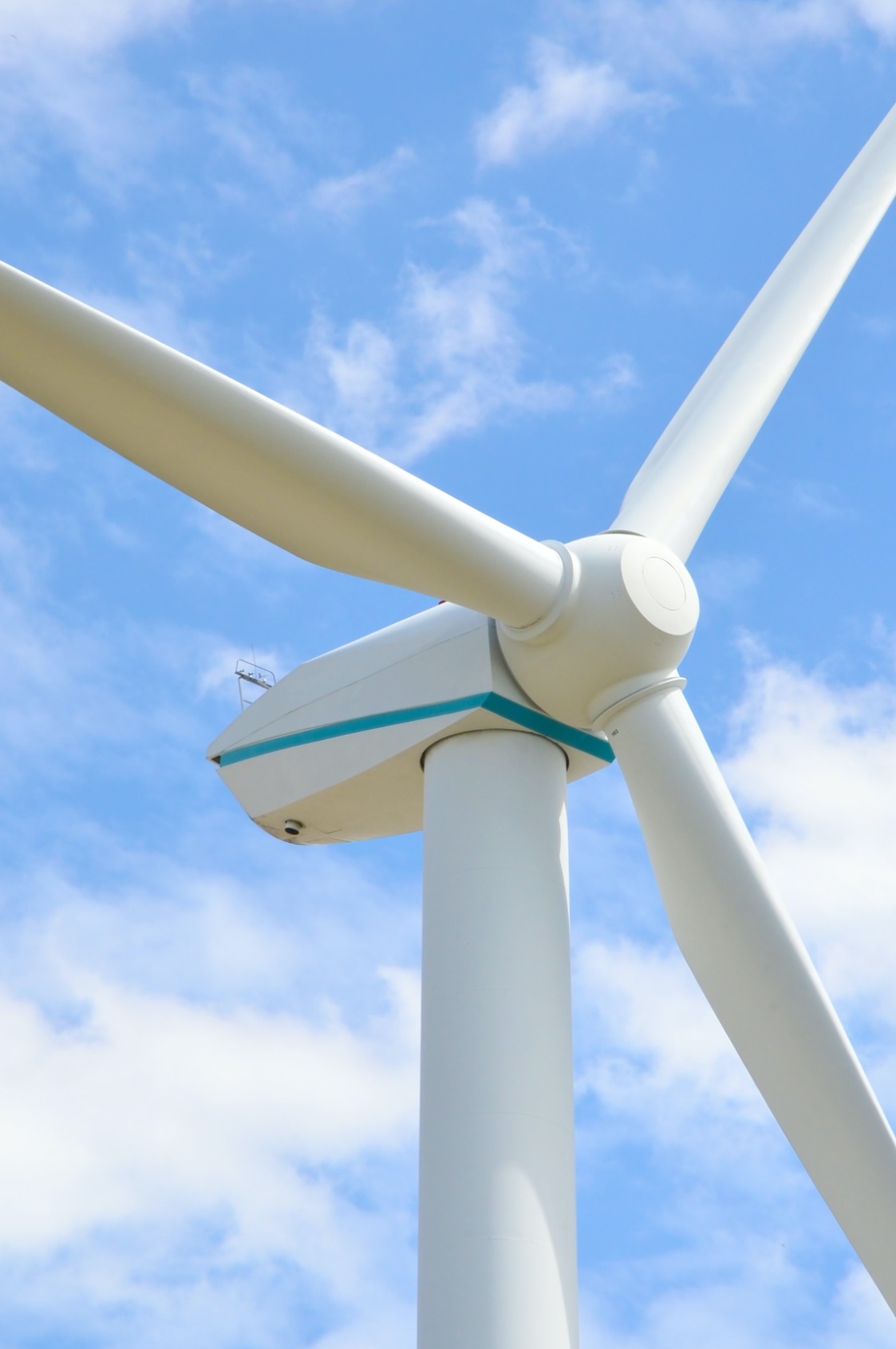
Wind Turbines
More and more countries are choosing to invest in renewable energy sources such as wind, hydro, and solar. Over the last decade or so for example, the number of wind turbines has grown exponentially. Therefore, so has the need for cost-effective and safe inspection methods.
Wind turbines are vast in size and are found in remote areas that are hard to reach. Cherry pickers, service platforms, hydraulic cranes, and rope descent are all methods for carrying out safety inspections on wind turbines. All of these methods, however, come with risks and potential challenges. These methods also typically involve heavy equipment or climbing, which is time-consuming, costly and dangerous.
Drone inspections provide a safe and efficient solution to these issues as they do not require the use of heavy equipment. Additionally, they do not require an inspector to climb the turbine. A camera is also attached to the drone and captures high-resolution footage, full UHD recordings, and multispectral thermal imaging. All of this allows for a lower cost and far less downtime than traditional methods.
Pipelines
One of the critical functions of the energy industry is asset management. Monitoring to assess production performance, safety and environmental compliance, overall integrity, are also functions as well as several other factors. The needs are fairly straightforward, but the scale involved also presents complexities and risks. Pipelines span thousands of miles, production platforms are often very remote, and manufacturing facilities present the potential exposure to hazardous chemicals. Maintenance and surveillance activities are costly as well as time-consuming to plan and execute in a way that avoids leaks, unplanned shutdowns, and production outages
Using an inspection drone in place of, or in addition to, conventional methods of facility management provides an untapped potential for saving costs via activities such as automated maintenance, integrity, and surveillance workflow, and automated data gathering and analysis. Drone technology also provides predictive insights on facilities, which drives operational decisions, and leads to the improvement of business processes.
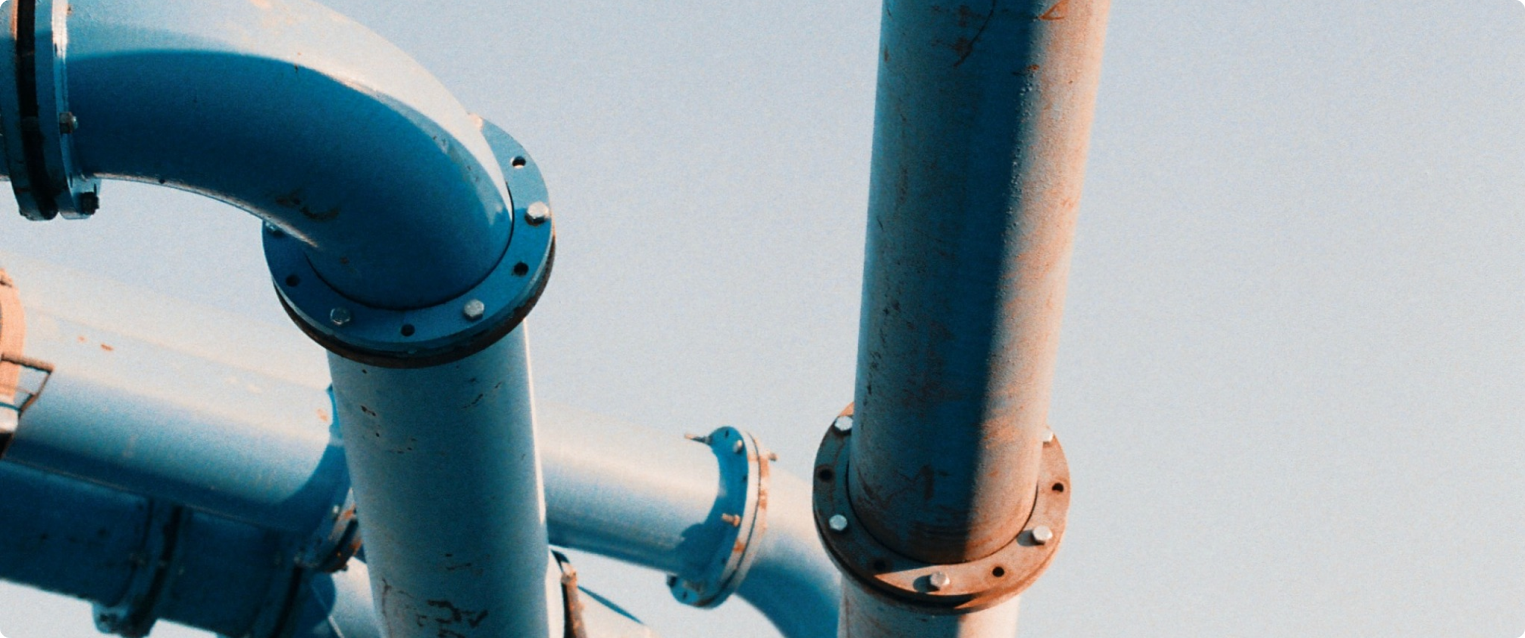
DECREASE COSTS
Simple tasks are automated by drones, therefore reducing labor costs. For example, the cost of using a helicopter for aerial inspections of pipelines using is approximately $3,000 per hour of operation. Using drones also significantly reduces these costs, as well as providing improved accuracy via multiple sensors on the same platforms
REDUCE SAFETY EXPOSURE
Drones enable the exploration of areas that are exposed to contamination or could be potential security threats, enabling the delivery of supplies without putting employees at risk. For example, in Fukushima drones assessed the nuclear reactor damage.
INCREASE PRODUCTION
Keeping rigs and refineries up and running in the energy sector ensures the flow of product to customers. Drones also help avoid unnecessary shut-downs and reduce disruption to operations, thus keeping oil and gas moving efficiently.
Infrastructure
Public infrastructures form the veins of every society, and include technical structures like roads, waterways, bridges, railways, and airports.
Consequently, maintaining these structures is essential for the proper functioning of modern economies, yet it is also very costly.
There are several methods for turbine inspection from the cherry picker, service platform, hydraulic crane to rope descent. The problem with these methods is that they also involve heavy equipment or climbing, which is time-consuming, costly, and very dangerous.
One of the biggest difficulties faced by maintenance and inspection services is how to cover the vast area that some structures occupy. The structures require close inspection in order to perform proper maintenance; however, the physical inspection of each part also requires a significant amount of time, which costs money.
One of the most efficient alternatives to physical inspections is using drones for inspection. Unmanned aerial vehicles (UAVs) carry various cameras for both day and night inspection and are also equipped with additional sensors such as thermographic and sniffers, as well as having the ability to be programmed to regularly fly specific routes. Drones are additionally have the capabilities to inspect larger areas in different, more efficient ways, in less time, and also at lower costs. In the end, this allows for an increased frequency in regular inspections, faster problem recognition, thus resulting in fewer negative externalities.
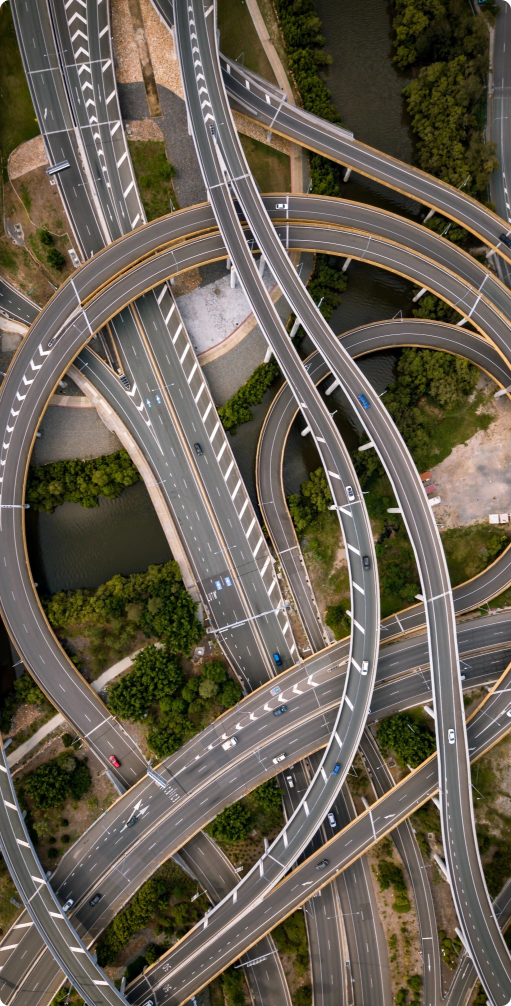
High Voltage
Power lines distribute electricity at very high voltages, making the maintenance of power lines is a risky job. Additionally, the job requires careful attention and caution from all involved. In order to maintain power lines effectively, the pylons require regular examination. Furthermore, insulators also require inspection in order to detect thermographic problems.
Unmanned aerial vehicles (UAVs) provide a safer and cheaper alternative to traditional methods.
They are also easy to deploy and carry cameras that produce high-resolution footage and thermal images. UAVs or drones are equally equipped with transmitters that share the footage in real-time. This allows the operator to see exactly what is going on at a given time. Finally, drones are able to fly within a couple of meters of the power lines, thus providing high-quality footage in the safest possible way.
Inspections are traditionally carried out from the ground or via the use of a helicopter. Line inspectors that work from the ground climb the posts to access the power lines. Helicopters are a safer option, but they are also much more expensive and intrusive.
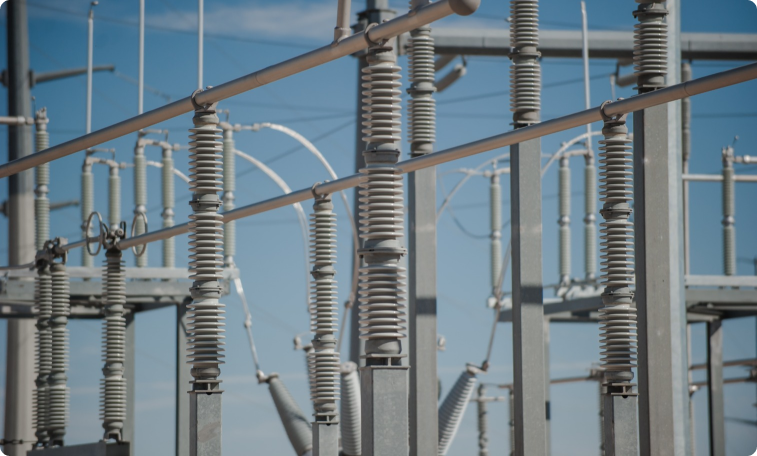
Solar Farms Monitoring
UAVs are utilized to conduct site threat assessments and provide highly responsive action-to-alarm activations. Solar farms are a perfect example of maintenance monitoring on an Infrastructure site that is both intricate and extensive.
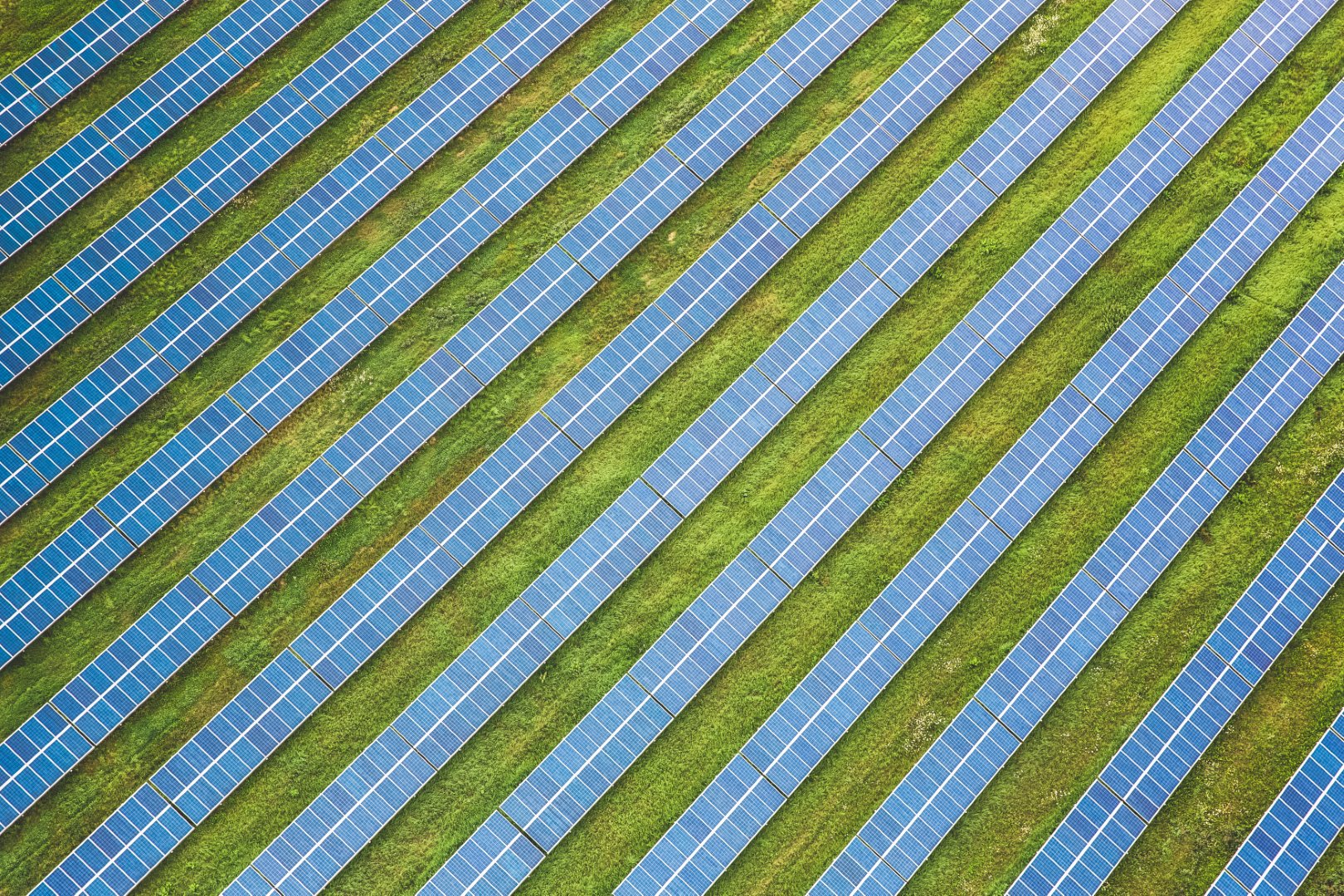
UAV platforms
Nextech Solution
At Nextech we recommend the Nextech solutions with thermal and optical zoom sensor options for Inspection and Detection Applications.
Nextech focuses on the design, manufacture, and marketing of long-range drones (10km, 20km and 35km), with the ability to carry payloads of up to 8kgs, for industrial-strength commercial use. Long-range drones have the potential to offer great benefits to commerce as well as businesses. Solutions meet the specific requirements of clients. Services include support and training during and after implementation.
Nextech builds solutions for an international client base, ranging from South Africa to the UAE. Our clients include representatives from the following industries: Surveillance and Security, Oil and Gas, Telecommunications, Marketing, Real Estate, Agriculture, Game farms, Wildlife management, Electrical installations, Security, Travel and tourism, Satellite electronics, Wind farms, Sheet metal manufacturing, Industrial Rope Access, Environmental Affairs and Other Applications.
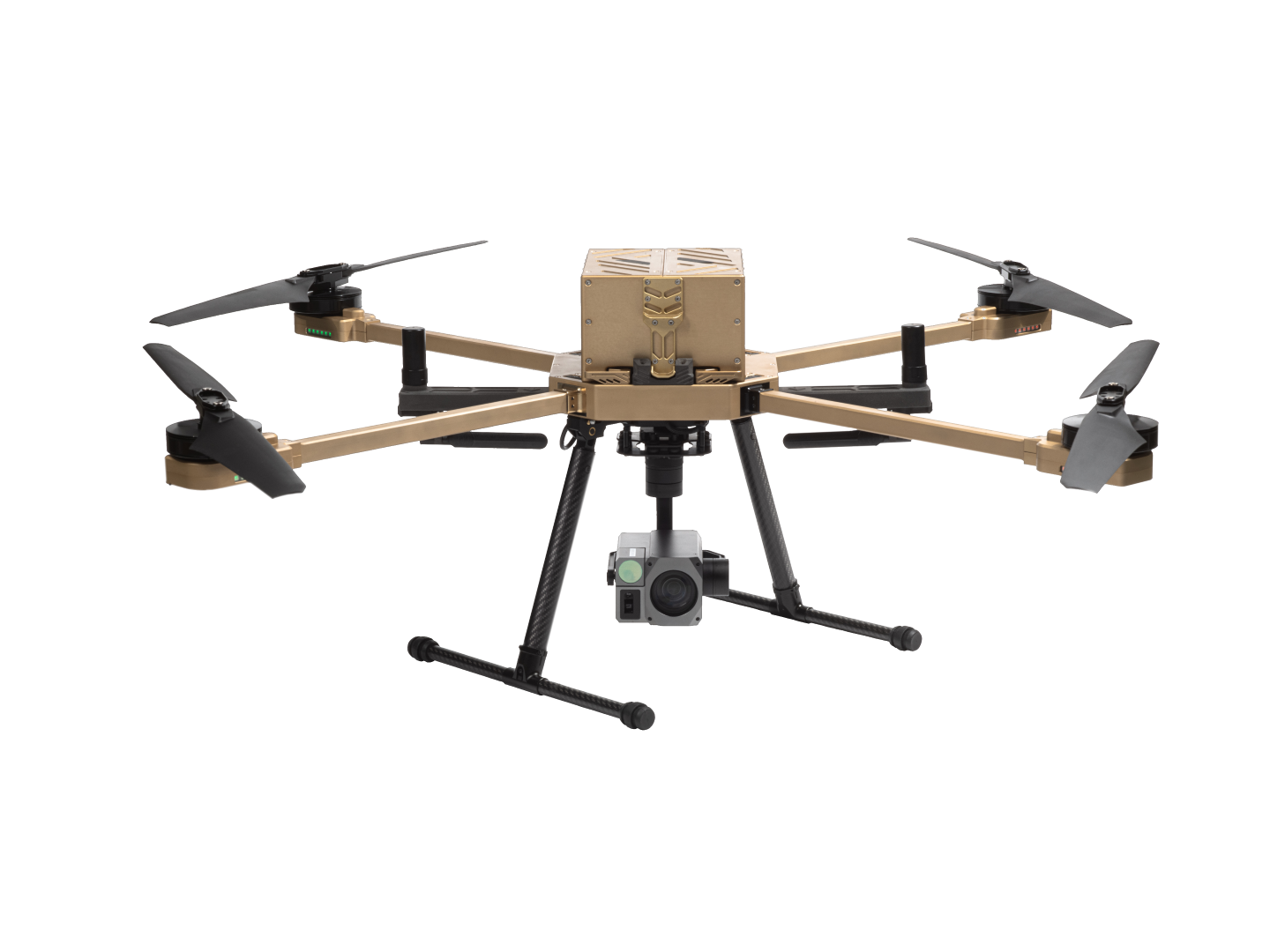
Recommendation
With regards to drone inspection services, Nextech recommend the following:
Detection
Design for Data Collection and Analysis
Manage for a Fleet, not a Flight
Change how work is done
Plan global, think local
The Nextech with thermal and optical zoom drone system comes highly recommended by Nextech. This is based on intelligent monitoring of the health and vigor of crops.
Sensor data collected by drones guides work processes and generate insights for your organization, so ensure you have a data management platform to capture, process, and analyze the incoming data. This helps you to specifically identify notable events and create reports.
The exact number of drones needed varies by situation. Enterprises considering acquiring a fleet of drones will have options serving different purposes. Different drones also have different applications, so build up your arsenal of drones to cover all the different types of flight and inspection you need to do regularly.
In order to take full advantage of the capabilities of drones, we recommend that you use them as an active part of the business process. The role of existing employees may need to change in order to accommodate drones into your organisation. For example in oil and gas pipeline maintenance, drones would become ‘digital workers’ and take on tasks which were previously done by humans, like leak detection or perimeter surveillance. This approach will ultimately help you to improve asset integrity, mitigate risks, and facilitate faster decision-making, thus increasing oversight.
Global organizations, sometimes use drones in multiple geographical locations. However, guidelines and regulations governing drone flight vary in different regions of the world, so adjust your plans accordingly.